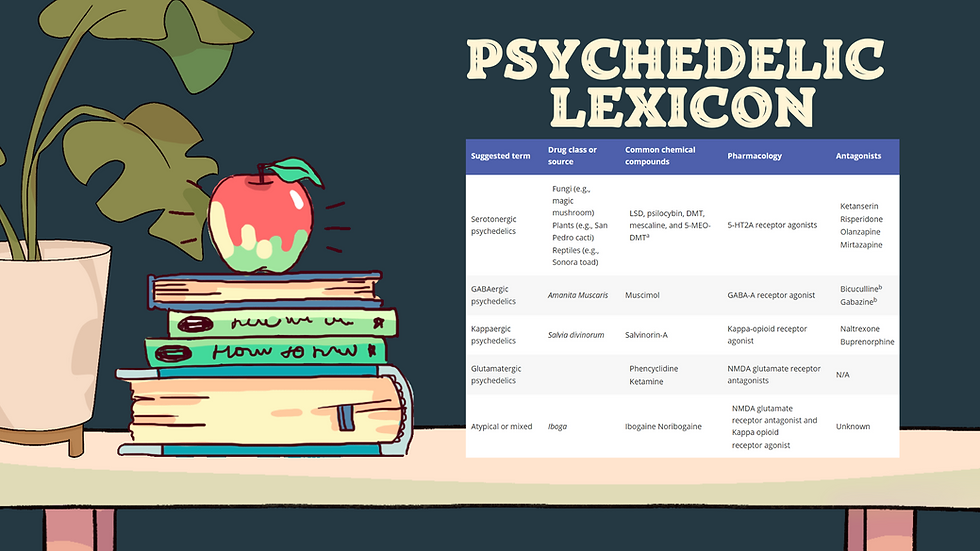The alcohol hangover product market of the United States of America

Authors
Joris C. Verster, Maureen N. Zijlstra, Quinten Barré, Sanne E. Schulz, Emina Išerić and Andrew Scholey
Published
July 2, 2025
Abstract
A 2019 study revealed more than 80 products available online with implied benefits to alcohol hangover. Since then, several developments may have influenced the market. In order to gauge the extent to which this may have changed in the ensuing 5 years, two market evaluations (25 March 2023 and 7 November 2024) were conducted via the online web shop www.amazon.com, using the search term “hangover treatment.” In 2023, there were 38 different hangover products available. The most common dosage forms were capsules (14) and tablets (6), and most frequently reported ingredients were dihydromyricetin (DHM, 52.6% of products), vitamin B1 (42.1%), vitamin B12 (42.1%), sodium (42.1%), and vitamin B6 (39.5%). Only one product contained N-acetyl L-cysteine. Exactly half of the marketed products (19, 50.0%) made illegal disease modification claims. The second market evaluation (7 November 2024) revealed 46 hangover products. The most common dosage forms were capsules (18) and transdermal patches (13), and the most frequently reported ingredients were vitamin B6 (56.5% of products), vitamin C (54.3%), vitamin B1 (50.0%), and vitamin B12 (50.0%). Also, DHM (47.8%) and milk thistle extract (47.8%) were popular. In conclusion, over the 5 years to 2024 the US hangover product market has dramatically changed, including a significant reduction in the number of marketed hangover products. DHM, vitamins, and minerals remained the most popular ingredients of hangover products. Illegal disease claims were made by 41.3% of the marketed products. Of concern, the efficacy to prevent or reduce alcohol hangover has not been demonstrated for any product on the US hangover market.
To access the full publication from the Drug Science Policy and Law journal, please see below:




